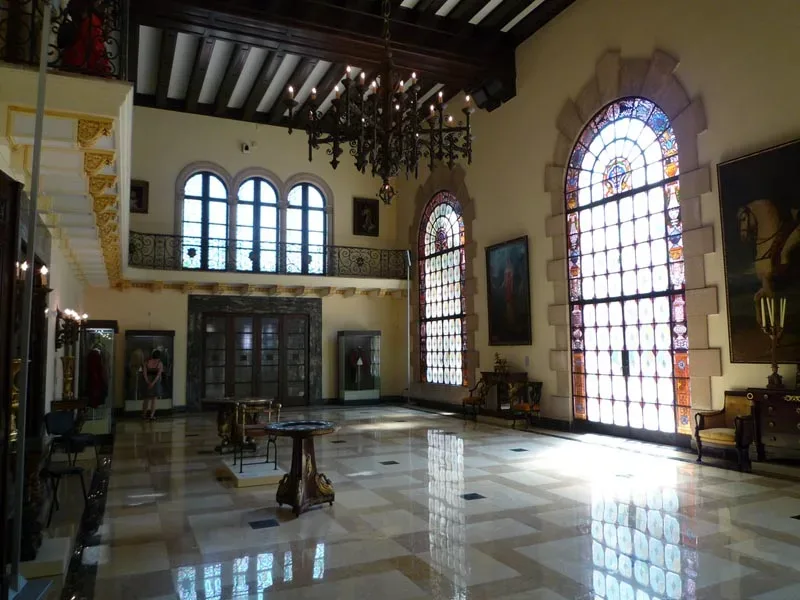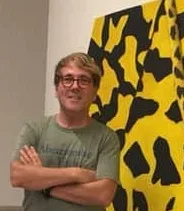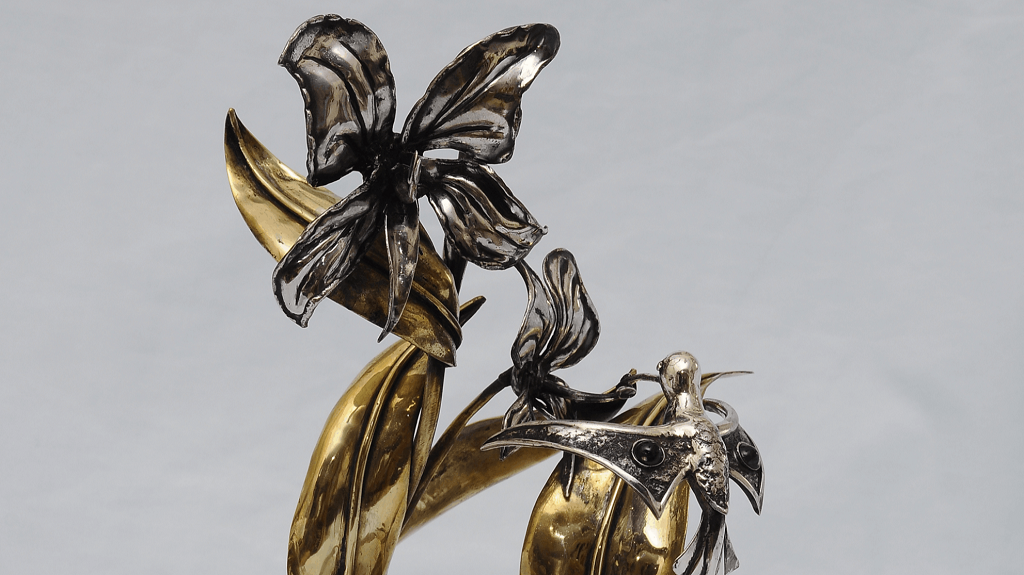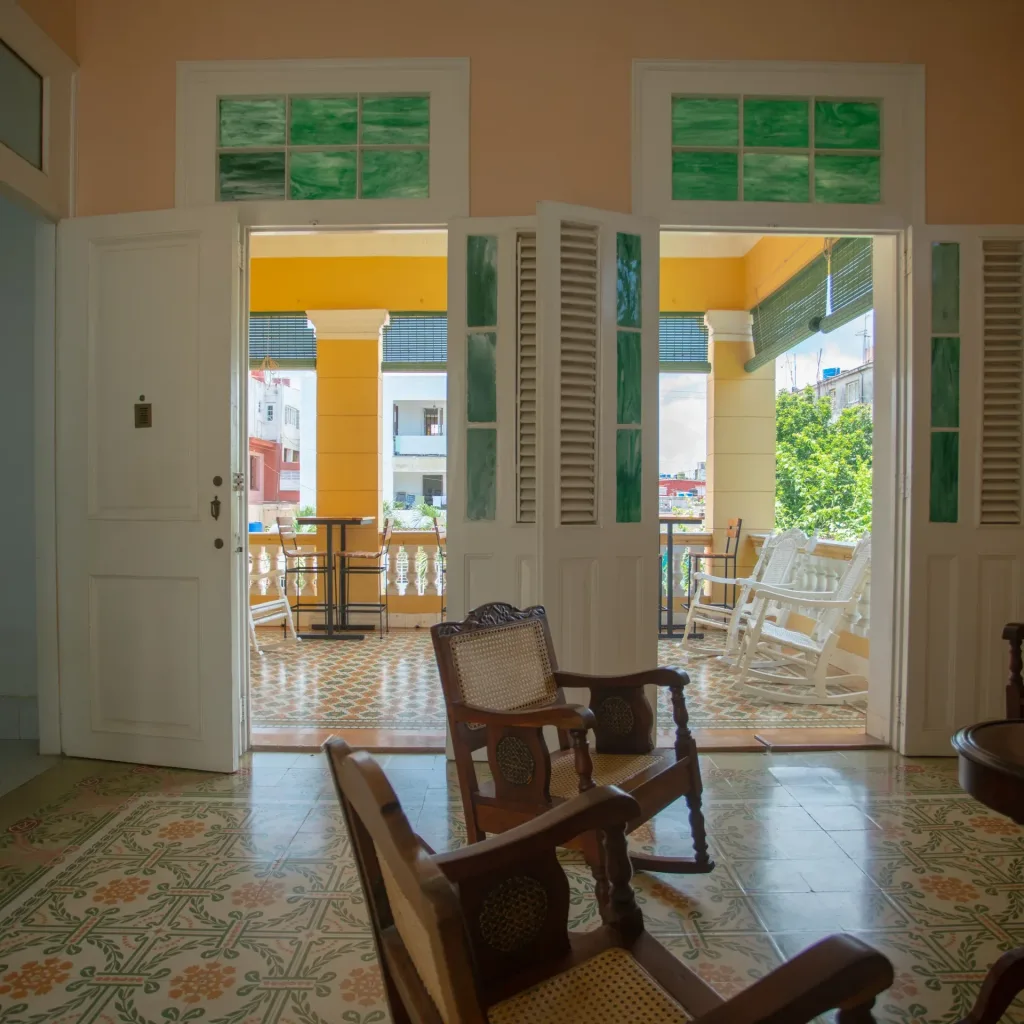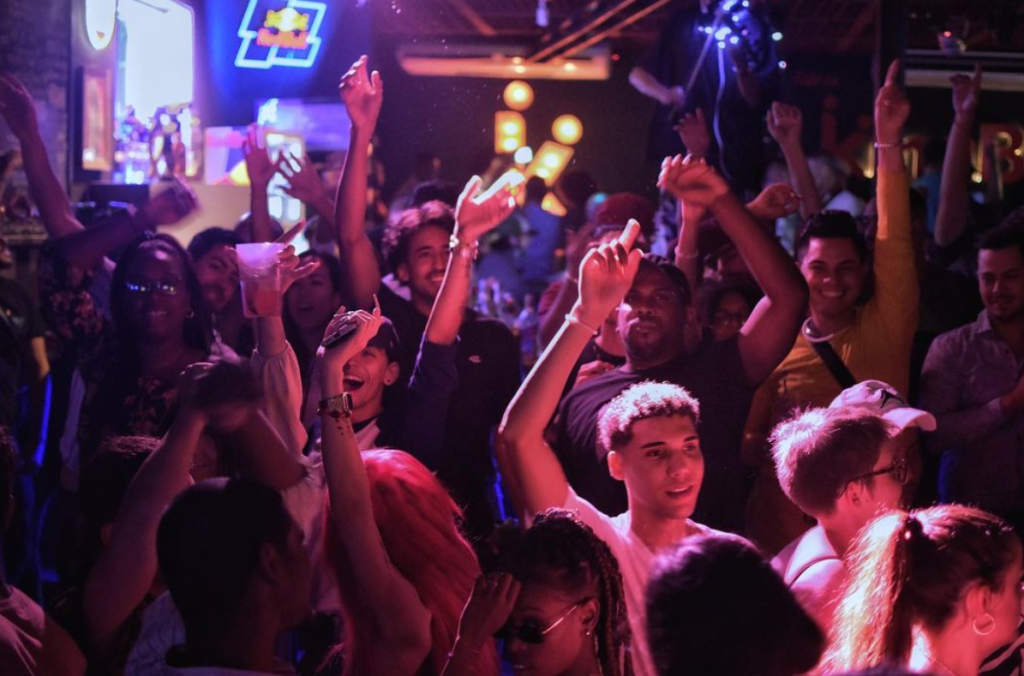The history of Napoleon Bonaparte and the history of the French army are confused in one. To follow the apogee’s trace of the Emperor’s life equals seeing him leading the military campaigns, and assisting to the origins of the Great Army. This army grew excessively: in Austerlitz, Napoleon had 72 thousand soldiers; in Wagram he gathered 180 thousand; in 1808, the members of Napoleon’s troops in Germany, Spain and Italy were more than 520 thousand, and adding the elements of the arms depots, and of the cities, the number increased to 700 thousand mobilized men.
For those who want to study the Napoleonic period, the arms result of great importance. The collection of military equipment of the Napoleonic Museum of Havana is one of the richest and most complete of this important institution, thanks to its diversity of pieces and the history they show.
Thousands of kilometers away from the Old Continent, located in San Miguel and Ronda streets, at one side of the University, the museum specializes in Empire style, and it is considered as one of the five most important in the world. It is situated in a construction of the 1920’s decade of the 20th century, its architectonic style imitates a Renaissance Florentine palace from the 16th century. It was baptized as Dolce Dimora by his owner, Orestes Ferrara, a wealthy politician Italian/Cuban.
The museum, inaugurated on December 1st, 1961, stores up 7400 pieces among paintings, furniture, costumes, engravings, historical objects, valuable books, armaments and military equipment, belonging to Napoleon Bonaparte or related to his period or historical context. Among the periods of the Napoleonic Empire represented by the personal objects, the visitor can find the reigns of the Bourbon, the French Revolution, Bonaparte’s ascent to power, the Consulate and the Empire, the moment of the main battles, the return from the Elba Island and the Battle of Waterloo.
In the Napoleonic Museum, the galleries take up the four floors of the building. The funds come mainly from the collection of the Cuban landowner Julio Lobo Olavarría, to which are added several pieces that were donated to the museum or bought by the institution, as well as others recovered by the State.
There are different halls where the important collection is shown. Among them, The Arms hall exhibits part of the small “arsenal” owned by the institution. Here, the visitor can get an idea of the chronology of the Napoleonic epoch and the arm industry strategy in that period. In the Museum, not only weapons belonging to the French army are exposed, but also from other territories they invaded. For example, it is of much interest the showcases dedicated to the Russia campaign (1812), where different personal objects, clothing and weapons are exhibited. Among the pieces of grand value shown, there is an oil painting of Edouard Detaille, Bonaparte in Egypt. Also in the collection lies a varied sample of rifles, ignition system pistols, sabers, swords as well as cannons of 70 kg from de First and the Second Empires, used at the school of artillery, that talk about the heyday and power of the Napoleonic army.
The vast collection gathers very valuable pieces, for example Napoleon prepares the ceremony of his coronation (Jean Vivert); Napoleon in front of the fields of Boulogne (Jean Baptiste Renault); the portrait of Napoleon in the Island of Elba, that was ordered to the painter Robert Lefevre by the Countess Maria Waleska, who was called the Polish “spouse” of Napoleon; Versailles, of Françoise Flameng, among others. There are many examples of pieces of furniture created by the best cabinetmakers and goldsmiths of the epoch, for instance, Claude Odiot -one of the favorite of the Empress Josephine- and Pierre Phillipe Thomire, among many others. In other spaces of the marvelous construction of Renaissance style, some 18th century engravings and objects of personalities and instants of the Bourgeois Revolution in France are exhibited. It is a treasure of the French History and Culture in the heart of Havana.

